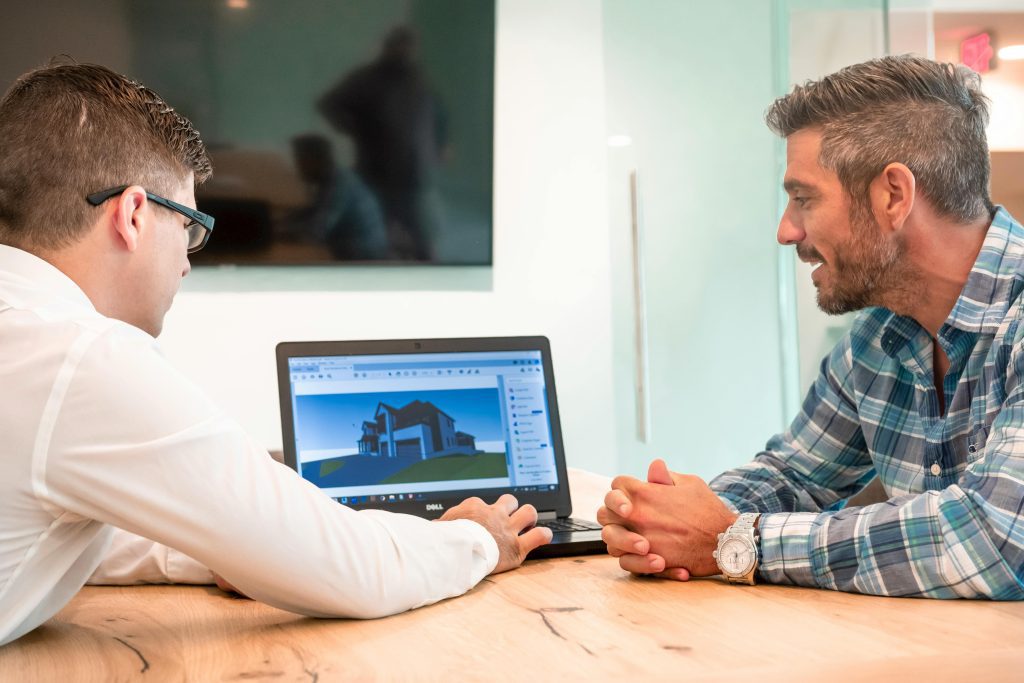“Virtual Classroom: The Future of Education”
The virtual classroom has emerged as a powerful tool for education, offering flexibility, accessibility, and a host of other benefits. As technology continues to advance, virtual classrooms are poised to play an even more significant role in the future of learning.
Key Advantages of Virtual Classrooms:
- Flexibility and Accessibility: Virtual classrooms break down geographical barriers, allowing students to learn from anywhere with an internet connection. They also offer flexibility in terms of scheduling, accommodating learners with busy lifestyles.
- Personalized Learning: Virtual classrooms can provide a more personalized learning experience, tailoring content and instruction to individual needs and learning styles.
- Enhanced Engagement: Interactive features, such as video conferencing, chat rooms, and virtual whiteboards, can foster engagement and collaboration among students.
- Cost-Effectiveness: Virtual classrooms can often be more cost-effective than traditional face-to-face instruction, especially for online courses and distance learning programs.
- Global Exposure: Virtual classrooms can connect students from around the world, exposing them to diverse perspectives and cultures.
Challenges and Considerations:
- Technical Difficulties: Ensuring a stable internet connection and access to necessary technology can be challenging for some students.
- Lack of Social Interaction: Virtual classrooms may not provide the same level of social interaction as traditional classrooms.
- Motivation: Maintaining student motivation and engagement can be more difficult in a virtual environment.
- Quality of Instruction: The quality of instruction in virtual classrooms depends on the skills and expertise of the educators.
The Future of Virtual Classrooms
As technology continues to evolve, virtual classrooms are likely to become even more sophisticated and integrated into the educational landscape. Hybrid learning models, combining both online and in-person instruction, may become more prevalent. Additionally, advancements in virtual reality and augmented reality could create immersive and engaging learning experiences.
In conclusion, virtual classrooms offer a promising approach to education, providing flexibility, accessibility, and personalized learning opportunities. While there are challenges to address, the potential benefits of virtual classrooms make them a valuable tool for educators and learners alike.









